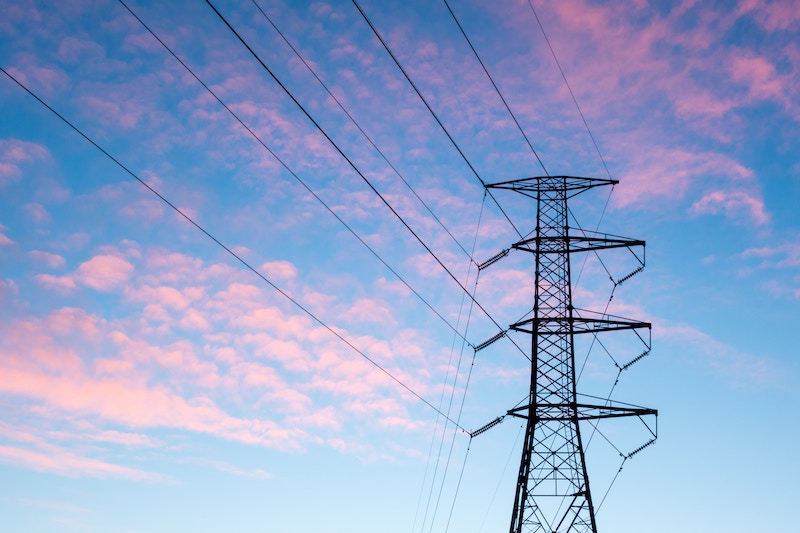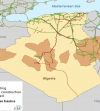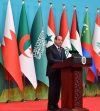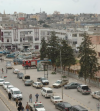EDL production has been recovering for several months. After a total blackout in January, EDL has managed since February to increase its production and supply up to 4 hours of electricity per day, thanks to purchases of fuel on the markets and the renewal of the bilateral agreement with Iraq, now through November 2024, including a 50% increase in volumes.
A new trade agreement is under discussion with Iraq.
If concluded, EDL could theoretically operate at full capacity (1200 MW) and provide up to 12 hours of electricity per day. However, this increase in national production occurs in a context of falling demand for EDL.
On the one hand because the total average demand would have fallen sharply (from 3000 MW to 2000-2500 MW), given the drop in real GDP and the increase in tariffs. On the other hand, because the deployment of solar energy for private use is proving to be much faster than expected. Its installed capacity is estimated at 1000 MW, i.e. an effective capacity equivalent to 210 MW.
EDL presented, for the first time in 40 years, a balanced budget for 2023.
In November 2022, the Lebanese authorities raised electricity prices, which are now set at one of the highest levels in the world. In addition, EDL has managed to lower its rate of non-technical losses (unpaid bills and illegal connections), with the support of the armed forces.
EDL has set its defaulters (Palestinian/Syrian camps and Lebanese administrations) a deadline of August 1 to settle outstanding payments to it, before cutting off the supply.
In this context, EDL has adopted a very cautious production policy, aimed at preserving its financial stability, by limiting supply in areas where the loss rate remains high. Thus, EDL marginally increased the electricity supply on July 1 to 6 hours a day, only in certain districts of Beirut.
EDL’s top priority now is to secure its access to dollars.
The Banque du Liban, whose priority is the stabilization of the parallel market exchange rate, currently applies a discretionary foreign exchange policy vis-à-vis EDL. In particular, the electricity pricing mechanism, based on the Sayrafa platform rate plus 20%, poses a major foreign exchange risk to EDL.
In terms of reforms, EDL must quickly improve the efficiency of its distribution network, in particular to integrate renewable energies into a logic of decentralized production.
On the one hand, micro-grid projects have been multiplying for several months (in rural municipalities, in industrial areas, even in cities between hospitals and schools). On the other hand, the draft law on decentralized renewable energy, which is being read in Parliament, would make it possible – if the text is adopted as it stands – to open up the network to small producers of renewable energy (up to 10 MW), which would be free to sell to third parties by paying royalties to EDL for the transmission.
Finally, production capacities must be increased.
The Lebanese authorities wish to move forward with the preparation of specifications, with the support of EDF, for new thermal power plants. At the same time, the deployment of major solar and wind projects in IPP (Independent Power Producer) remains conditional on the sustainable recovery of EDL and the return of international financing.
A necessary condition for the macroeconomic stabilization of Lebanon, the financial recovery of EDL and the reforms of the energy sector were initiated after several decades of inertia. However, this momentum remains fragile and is in turn conditional on macroeconomic stabilisation.
Source Embassy of France in Lebanon








Réagissez à cet article